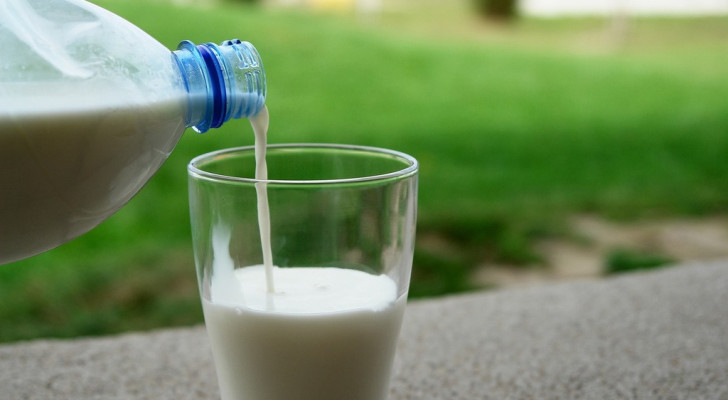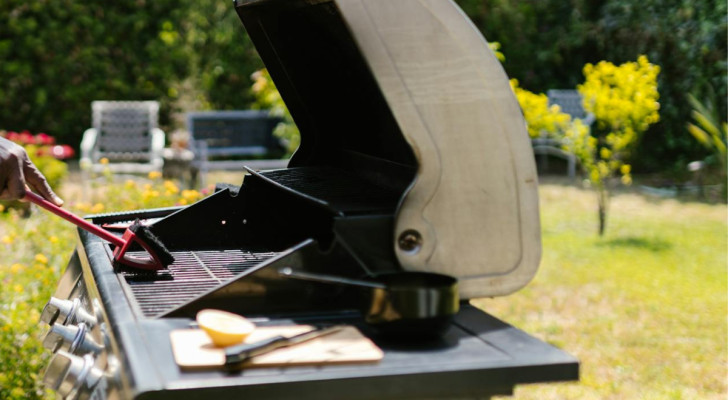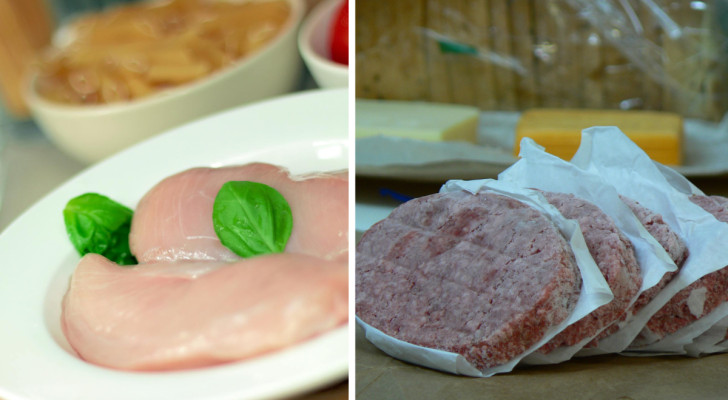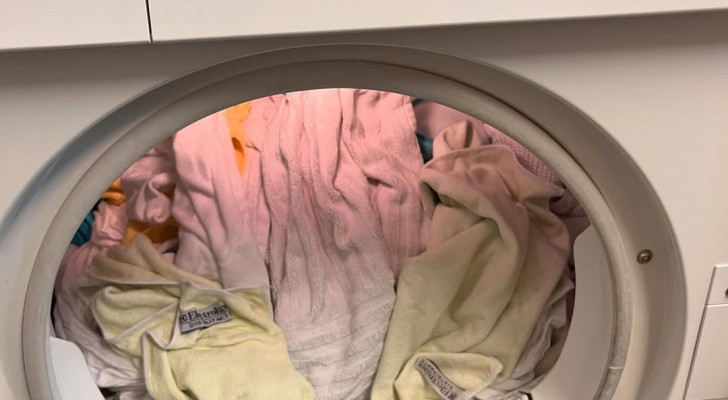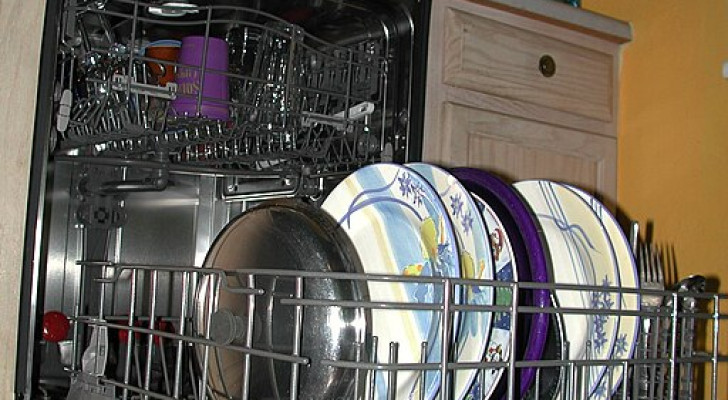How to properly conserve and store whole or sliced fruit and vegetables to avoid creating waste
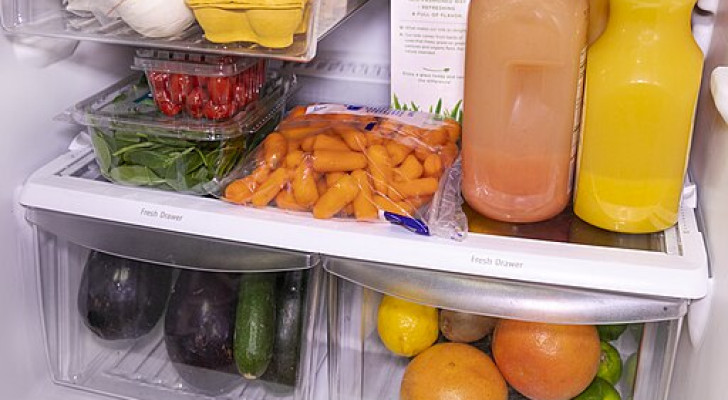
Alabama Extension/Wikimedia Commons
How many times have you thrown away food because it went off a few days after purchasing it? In addition to being an inconvenience, it's also a waste, unsound for the environment and expensive. Knowing how to store food properly - especially in summer - is a useful skill to have.
In the short guide below, we provide you with some simple and useful tips for storing your food properly:
Store whole and sliced fruit

Fruit is great source for vitamins and minerals and is present in most people's pantries. But fruit needs to be stored and conserved properly, especially when temperatures rise above 15 degrees C. Generally, for preserving fruit, it is preferable to choose paper bags instead of plastic containers or wraps (which encourage humidity build-up). And here's some futher pointers for specific fruit types:
- Berries and strawberries: these must be stored in a refrigerator at a temperature of around 2 degrees C. Put them in a plastic container lined with absorbent paper towels (which will remove humidity and slow down the growth of mold);
- Citrus fruit: these can be stored at room temperature, as long as this does not get over 15 degrees C; to store sliced citrus fruit, carefully wrap them in cling film or put them in an airtight container;
- Melons and watermelon: these can be stored in the refrigerator at a temperature above 5 degrees C, but sliced melon must be wrapped in cling film and consumed within 2 days;
- Peaches and apricots: if these fruits are not completely ripe, they can be stored at room temperature and do not stack them on top of each other (as this will cause bruising); when ripe, these fruits can be stored in a refrigerator. Once sliced, sprinkle them with lemon juice and place them in an airtight container.
How to store whole and sliced fresh vegetables
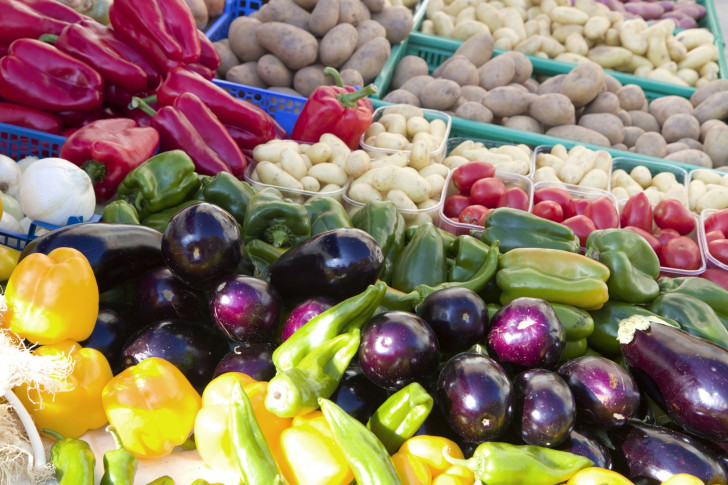
Vegetables are also important for our diets and give us essential fiber and nutrients. Here's some pointers on how to store and conserve vegetables (whole and sliced):
- Lettuce: whether whole or shredded in a bag, lettuce must always be stored in the refrigerator in the appropriate vegetable/crisper drawer; if you have purchased a head of lettuce, you will need to wash it carefully and dry it before placing it in the refrigerator, ideally in a glass cointainer with absorbent paper to soak up any excess humidity; once sliced and seasoned/dressed, lettuce can be kept for only a few hours - just make sure to cover the container properly with cling film or place it in an airtight container;
- Tomatoes: tomatoes can easily lose nutrients while inside the refrigerator, resulting in a loss of flavour; ideally, tomatoes should be stored at room temperature in an airtight container lined with absorbent paper (after having carefully washed and dried them); sliced tomatoes can be stored for 24 hours at room temperature when covered with cling film;
- Peppers: these must be stored in the vegetable/crisper drawer in the refrigerator, making sure that the temperature is kept between 4 and 6 degrees C; once sliced, peppers can be stored for up to 2 days in an airtight container;
- Zucchinis and aubergines (eggplants): place these in a refrigerator in the vegetable/crisper drawer. Don't wash them before storing them and wipe them down with absorbent paper towels if they have any moisture on their surfaces (you can also place these vegetable in a paper/breathable bags to prevent humidity build-up). Once sliced, zucchinis and aubergines can be stored in airtight containers with a damp sheet of absorbent paper towel.
No more food waste if you follow this simple guide!
